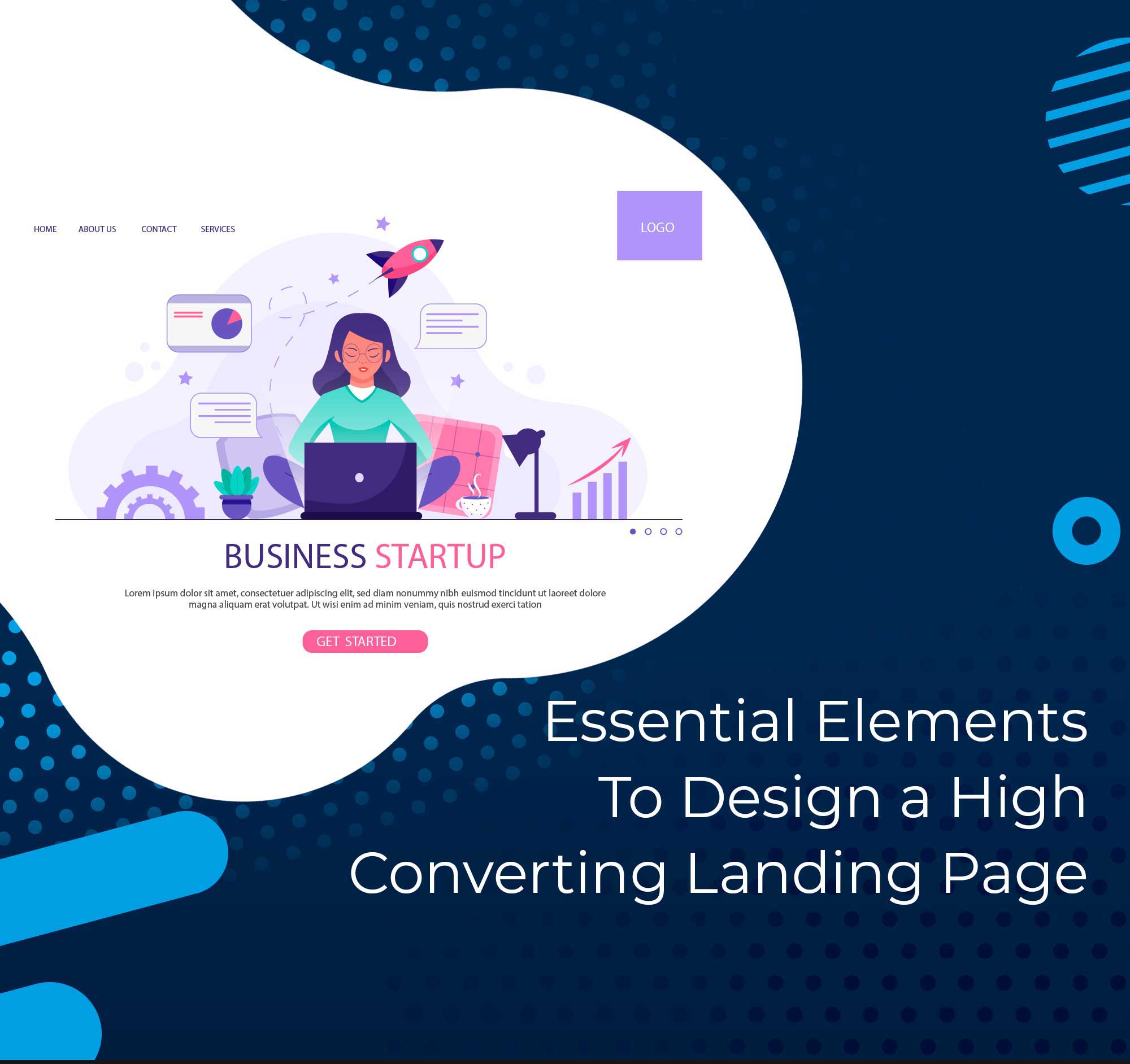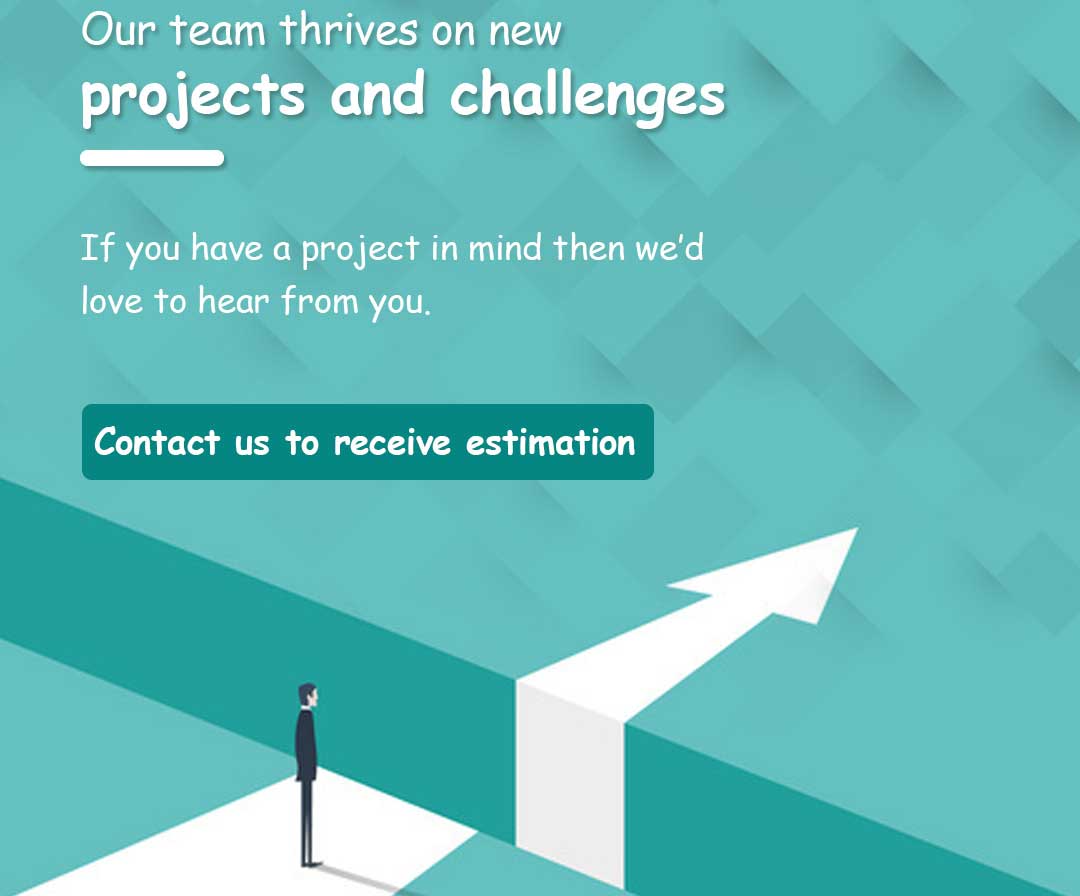Progressive Web Apps (PWAs): Why They’re the Future of Mobile-First Design
Progressive Web Apps are changing the way we build and experience websites, especially in a mobile-first world. From startups to tech giants, everyone is shifting focus toward fast, reliable, and app-like web experiences that don’t require an app store.
But how did we get here? And why is the buzz around Progressive Web Apps getting louder every year?
Let’s dive into the story.
The Mobile Revolution and the Rise of User Expectations
There was a time when mobile websites were merely trimmed-down versions of their desktop counterparts. Clunky navigation, slow load times, and poor responsiveness plagued user experiences. As smartphone adoption grew, so did user expectations.
People no longer wanted a mobile “alternative.” They wanted the same power, speed, and fluidity of native apps, without the hassle of downloading one.
This is where Progressive Web Apps enter the picture.
What Are Progressive Web Apps?
Progressive Web Apps, or PWAs, are web applications that use modern web technologies to deliver app-like experiences through a browser. They load fast, work offline, send push notifications, and even install on the user’s home screen like a native app.
They’re called “progressive” because they work for every user, regardless of browser or device, and enhance the experience based on the capabilities available.
Think of them as the best of both worlds: the accessibility of the web + the functionality of a native app.
Why Progressive Web Apps Are Game-Changers
1. Speed is Everything
In the digital world, milliseconds matter. Studies show that users abandon websites if they take more than 3 seconds to load. PWAs are lightning fast because of service workers, scripts that run in the background and handle caching and network requests.
With a Progressive Web App, users enjoy near-instant load times, even on slow networks. This speed not only improves user experience but also contributes to SEO rankings.
2. Offline Functionality
Traditional websites fail when there’s no internet. PWAs don’t.
Thanks to smart caching and service workers, PWAs can serve content even when the user is offline. This means your business remains accessible, no matter where your audience is.
That’s not just good tech; it’s good business.
3. App-Like Experience Without the App Store
Getting users to download your app is a challenge. PWAs eliminate the friction. They open in a browser, but once saved to the home screen, they behave like an app—with full-screen experiences, no address bar, and offline capabilities.
No app store approval. No lengthy updates. Just seamless delivery.
4. Better Engagement and Conversion
Push notifications are one of the most powerful features of native apps. Progressive Web Apps offer the same capability.
Imagine being able to re-engage users with timely updates, offers, and reminders, right from their browser. Studies have shown that PWAs lead to increased user engagement and higher conversion rates, especially in e-commerce and media.
5. Cost-Effective Development
Building and maintaining native apps for iOS and Android is expensive. You’ll need separate teams, separate codebases, and constant updates.
PWAs cut those costs drastically. One codebase. One team. Updates happen in real-time, just like a website. For businesses, this means lower development costs and faster time-to-market.
Real-World Brands Embracing PWAs
Twitter Lite is a PWA that’s 30% faster and uses 70% less data than the native app.
Starbucks launched a PWA that works flawlessly in offline mode, helping field workers place orders even with limited connectivity.
Forbes, Pinterest, and AliExpress all switched to PWAs and saw significant improvements in engagement and conversions.
The results speak for themselves.
Mobile-First Design and the PWA Advantage
Designing for mobile first isn’t just a trend—it’s a necessity. More than 60% of global web traffic now comes from mobile devices. If your site doesn’t load fast or offer smooth experiences, users will bounce.
PWAs inherently follow mobile-first principles:
- Responsive layouts
- Touch-friendly design
- Lightweight structure
- Offline readiness
They give you the power to deliver a native app experience through a responsive web framework, tailored for users on the go.
SEO and Discoverability: The Hidden Advantage
Unlike native apps, PWAs are still websites. That means they are indexable by search engines. Your pages can rank in Google, your content can be crawled, and your updates can be reflected in real-time.
This gives PWAs a clear SEO edge while delivering the benefits of mobile-first design.
Are PWAs Right for Your Business?
If your users are mobile-first and you want a fast, cost-effective, and engaging way to reach them, Progressive Web Apps are the answer.
Here’s a checklist:
- Do you want faster load times?
- Do you need offline capabilities?
- Is user engagement important?
- Are you struggling with mobile conversions?
- Is app development too costly?
If you answered yes to any of the above, it’s time to consider PWAs seriously.
Looking Ahead: The Future Is Progressive
The digital world is moving fast, but users are moving faster. They demand seamless, app-like experiences without compromises. With 5G on the rise and device capabilities expanding, Progressive Web Apps are uniquely positioned to lead the mobile-first future.
At Kreative Web Tech, we help businesses build future-ready Progressive Web Apps using technologies like React.js, Vue.js, and Node.js. From e-commerce platforms to enterprise portals, we tailor solutions that are fast, secure, and user-first.
Conclusion
Progressive Web Apps aren’t just a passing trend, they’re a new standard. In the age of mobile-first expectations and instant gratification, PWAs offer a perfect blend of performance, accessibility, and engagement.
Don’t wait for the future. Build for it with Progressive Web Apps.





